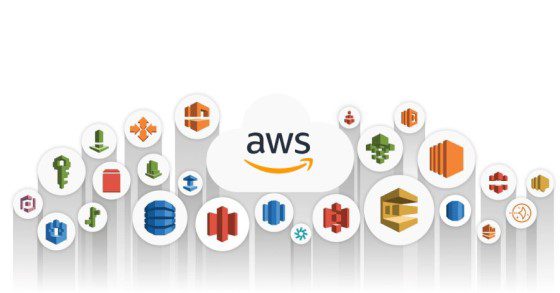It started innocently on Telegram. “Watch a YouTube video. Like it. Send a screenshot. We’ll pay you $6.” Seemed harmless. Easy money, right? But then… they asked me to sign up on a shady website:avevastore.com That’s when the alarms started ringing. 🧠 What They Didn’t Know? I’m not the average victim. I’m a cybersecurity engineer. […]
If you’ve ever seen a “Permission denied” error in Linux, you’re not alone. Understanding Linux file permissions is one of the most fundamental skills every DevOps, SysAdmin, and cybersecurity learner must master. In this post (Day 6 of our Linux Learning Series), you’ll finally understand chmod, chown, and Linux permissions — with clear examples, simple
Master chown & chmod in Linux – File Permissions Made Simple! | Day 6Read More »
In today’s DevOps world, continuous integration and continuous deployment (CI/CD) is essential. This tutorial will walk you through the full process to build and deploy a Node.js app using Docker, GitHub Actions, and an AWS EC2 instance. By the end, your app will automatically deploy every time you push changes to your GitHub repository. 💥
Build & Deploy a Node.js App with CI/CD Pipeline (Docker + GitHub Actions + EC2)Read More »
🚀 Top 10 AWS Services Every DevOps Engineer Should Know in 2025 As the cloud ecosystem evolves, Amazon Web Services (AWS) remains the undisputed leader in providing robust infrastructure for developers, DevOps engineers, and cloud architects. But with over 200 services offered by AWS, where do you even start? In this blog, we’ll explore the
Top 10 AWS Services Every DevOps Engineer Should Know in 2025Read More »
When designing secure architectures on AWS, understanding Security Groups and Network Access Control Lists (NACLs) is crucial. Both are essential components of the AWS network security model, but they serve different purposes and operate at different levels. In this blog post, we’ll break down the differences between Security Groups and NACLs, explain when to use
Security Groups vs NACL in AWS – Key Differences ExplainedRead More »
Jenkins In the realm of software development and IT operations, efficiency is paramount. The ability to automate repetitive tasks not only saves time but also enhances reliability and consistency in the deployment process. One of the pivotal tools in achieving this automation is Jenkins. What is Jenkins? Jenkins is an open-source automation server that enables
AWS Lambda AWS Lambda is a serverless compute service provided by Amazon Web Services (AWS) that allows you to run code without provisioning or managing servers. It automatically scales your application by running code in response to events triggered from other AWS services or custom events. In this blog post, we’ll dive into AWS Lambda
EC2 Amazon Elastic Compute Cloud (EC2) is a fundamental service offered by Amazon Web Services (AWS) that provides resizable compute capacity in the cloud. It allows businesses and developers to deploy and manage virtual servers, known as instances, to run applications and host data in a flexible and cost-effective manner. In this blog post, we’ll
Getting Started with AWS EC2: A Scenario-Based GuideRead More »
Linux, an operating system kernel initially developed by Linus Torvalds in 1991, has evolved into a cornerstone of modern computing. Known for its robustness, flexibility, and open-source nature, Linux powers a vast array of devices—from smartphones to servers and everything in between. In this blog post, we’ll explore what Linux is, its key features, distributions
Introduction In the fast-paced world of software development, managing changes efficiently and collaboratively is crucial. Git, a distributed version control system, has become the industry standard for tracking changes in source code. In this blog post, we’ll dive into what Git is, its benefits, key concepts, and how to get started with it. What is

